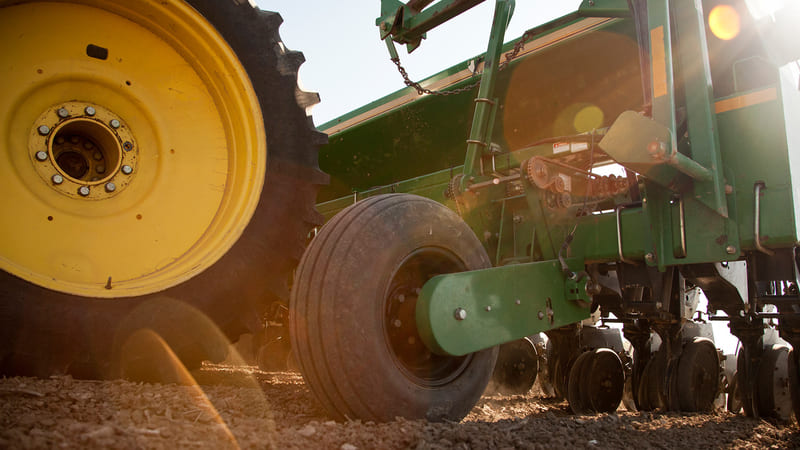Shurley on Cotton: Prices “Lost In Space”
By Dr. Don Shurley
In the 1960s, a popular TV show “Lost in Space” chronicled the adventures of the Space Family Robinson, whose space ship was thrown off course by a meteor shower. Oddly, one of my favorite characters on the show was the Robot. When there was danger present, the robot would shout, “Danger, Danger.”
It seems not that long ago that we felt confident that cotton prices had support at the 60 to 62-cent level. Over the past month, however, cotton has itself been under a “meteor shower” of negative news and overall bearish market sentiment. Further, it seems that what good news that does come along is ignored or overshadowed by other factors.
Prices, both old crop and new crop, seem utterly lost right now, with little sense of which direction to head next. Old crop May 2016 futures closed the week at 57.11 and new crop December 2016 at 56.45 – both up two consecutive days after setting new contract lows on March 2.
The 2016 cotton outlook presented at USDA’s annual Outlook Forum on February 26 seemed to be just another nail in cotton’s coffin – at least for now. In brief summary, USDA economists projected:
- U.S. cotton acreage for 2016 of 9.4 million acres, compared to the National Cotton Council’s earlier estimate of 9.1 million;
- A U.S. crop of 14.3 million bales, compared to 12.94 million bales in 2015;
- Demand/use is expected to increase just slightly;
- World production will increase, but will be below usage for the second straight year – drawing down on World ending stocks.
Although there are aspects of this outlook that appear to be bright spots, we are reminded that this is still a weak level of demand, and stocks will still be at burdensome levels. The USDA forecast also expects China to limit imports and add further to the sale of stocks from government reserve.
So, where do prices go from here, and what do growers do? I know many producers who took the LDP and still hold cotton. For the most part, other growers are in the Loan. We’re deep in a hole at 57 cents. We have a steep climb out. At this point, recovering to 60 cents would seem a welcome relief.
For new crop, don’t panic and just be patient. New crop December 2016 is at 56 to 57 cents. If prices remain low (at levels seen for the 2015 crop), LDP will be available. The LDP and Marketing Loan act to insulate the grower when prices are in the mid-60s or less. Through the LDP, plus selling the cotton or through the Loan redemption or merchant equity, total money to the grower can be 68 to over 70 cents, depending on basis and fiber quality.
Contracts or Puts at the 65-cent level or waiting until the 68-cent level might be a strategy against prices eventually heading back down. If contracting, work with the buyer to get premiums for fiber quality. Also, be aware of when you will lose beneficial interest – i.e., eligibility for taking any LDP.
Right now, for new crop, 65 or certainly 68 to 70 cents looks a long way off. It is. But as I said, be patient and be confident that the LDP and Loan will do its job. A lot can happen over the next nine months. The U.S. and foreign crops can be anything, demand could always get worse (but it could improve), and I still am suspect of any policy or action regarding China stocks due to the questionable quality and the internal pricing mechanisms that ultimately determine if those stocks get in the pipeline or not.
Below are the University of Georgia’s current estimates of costs and net returns, and a comparison for Georgia in 2016. This includes LDP/MLG on cotton, but excludes ARC/PLC on corn, peanuts and soybeans if planted on generic base.
Cotton acreage is expected to be stable, and could even increase. Peanut acreage is expected to remain high. But even so, cotton could gain ground from corn and soybeans. Growers are aware of the dangers of shortening peanut crop rotations. But with prices low(er) than last year across the board for all crops, the pressure and incentive is certainly there to plant peanuts.
Cotton acreage will largely depend on peanut acreage. And peanut acreage will depend on crop rotation considerations and related management and cost factors, as well as peanut contracts – price availability and any uncertainties over storage capacity and delivery options for the peanuts.
Shurley is Professor Emeritus of Cotton Economics, Department of Agricultural and Applied Economics, University of Georgia










